30 Photos That Show What The World Looked Like In 1938
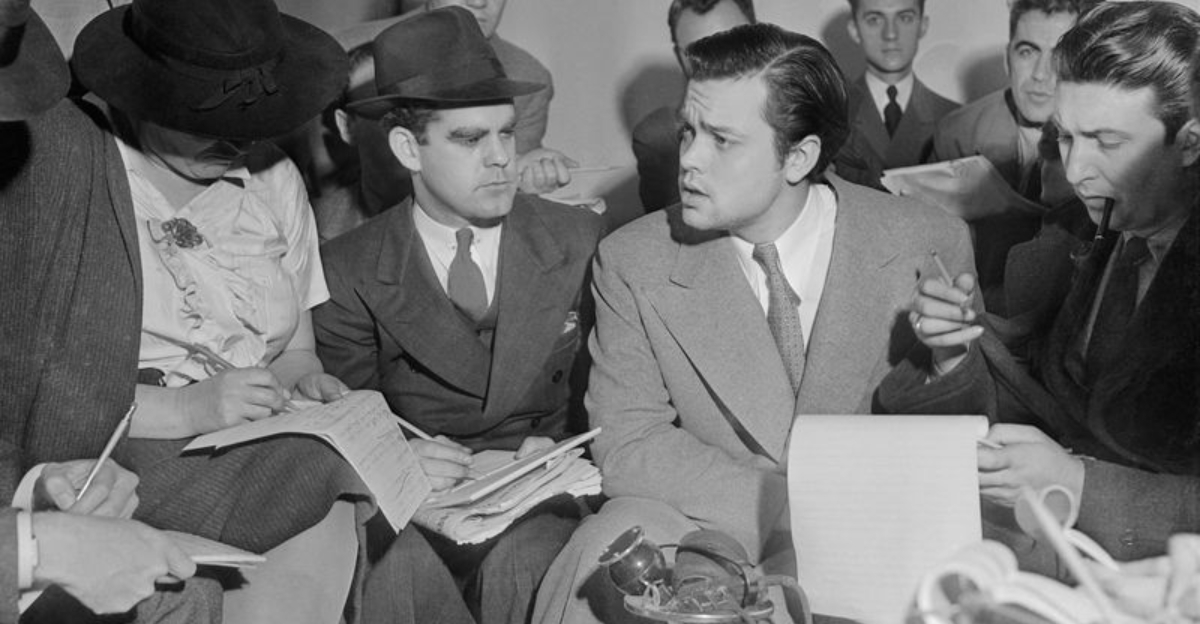
Strap in and fire up that imaginary DeLorean, because we’re zooming back to the wild, wonderful world of 1938—a year that practically oozed style, surprises, and spandex! This wasn’t just any old trip around the sun.
Nope, 1938 gave us the world’s very first superhero—yes, the caped crusader who made wearing underwear over tights somehow look cool. But that’s not all! We’re talking about the enchanting premiere of Snow White, the first full-length animated film that had everyone whistling while they worked.
And don’t even get us started on the chicken that refused to quit—seriously, it just kept on clucking. From fountain pens ditching their inky sidekicks to TV sets making their first blurry attempts at showbiz, 1938 was bursting with quirky charm and firsts that shaped the world as we know it.
So, grab your vintage popcorn, folks—it’s time to scroll through 30 unforgettable snapshots from a year that truly popped!
1. Superman was born!

When Superman swooped onto the scene in 1938, donning his iconic cape and outlandish outerwear, the world was never the same. This was the year Action Comics #1 hit the shelves, and the concept of a superhero was introduced to an unsuspecting public. The Man of Steel, with his gravity-defying leaps and chiseled jawline, brought hope and a touch of whimsy to a world teetering on the brink of war.
The comic not only introduced the world to Superman but also set the stage for a billion-dollar industry that would captivate audiences for generations. With each turn of the page, readers were whisked away to Metropolis, a city where good always triumphed over evil.
In a world filled with uncertainty, Superman became a beacon of strength, courage, and—let’s be honest—fashion-forward thinking with his penchant for wearing undies outside his pants.
2. The Fairest of Them All: Snow White

In 1938, Snow White wasn’t just the fairest; she was the first! The release of Disney’s Snow White and the Seven Dwarfs marked a groundbreaking moment in cinematic history as the first full-length animated feature film. Audiences were spellbound by this enchanting tale of dwarfs, apples, and true love’s kiss.
With vibrant colors and charming animation, this film paved the way for countless fairy tales to come to life on the big screen. Who knew that a simple story of a princess and seven pint-sized pals could turn into a cultural phenomenon?
Snow White’s legacy extends beyond her rosy cheeks and high-pitched voice—it was a testament to imagination and technological marvels. This cinematic treasure taught us that kindness and courage can conquer even the wickedest of witches.
3. Bugs Bunny: The Unofficial Debut

Before Bugs Bunny became the carrot-chomping, wise-cracking icon we know today, he made an unofficial debut in 1938’s Porky’s Hare Hunt. Although not fully formed, this early iteration of Bugs hinted at the legendary rabbit he would one day become.
The cartoon showcased Bugs’ early characteristics: quick wit, clever antics, and a penchant for eluding his pursuers. It was a glimpse into the future of animation and humor.
Even in his embryonic state, Bugs captured the hearts of audiences with his cheeky personality and knack for outsmarting his nemeses. It wasn’t quite “What’s up, Doc?” yet, but it was a start that promised laughter and mischief for years to come.
4. The Ballpoint Pen Revolution

In 1938, the humble ballpoint pen was patented, revolutionizing the way we put pen to paper. Gone were the days of inkwells and quills; hello, modern writing convenience! This invention became a symbol of efficiency and progress, allowing words to flow effortlessly onto paper.
The pen’s design was a marvel in itself, with a tiny ball bearing that rotated to distribute ink smoothly. It was a game-changer for writers, students, and doodlers alike.
No more ink stains or blotches—just smooth sailing as your thoughts turned into words. This little tool would go on to become an indispensable part of daily life, proving that sometimes, the pen truly is mightier than the sword.
5. The First Sci-Fi TV Program: R.U.R.
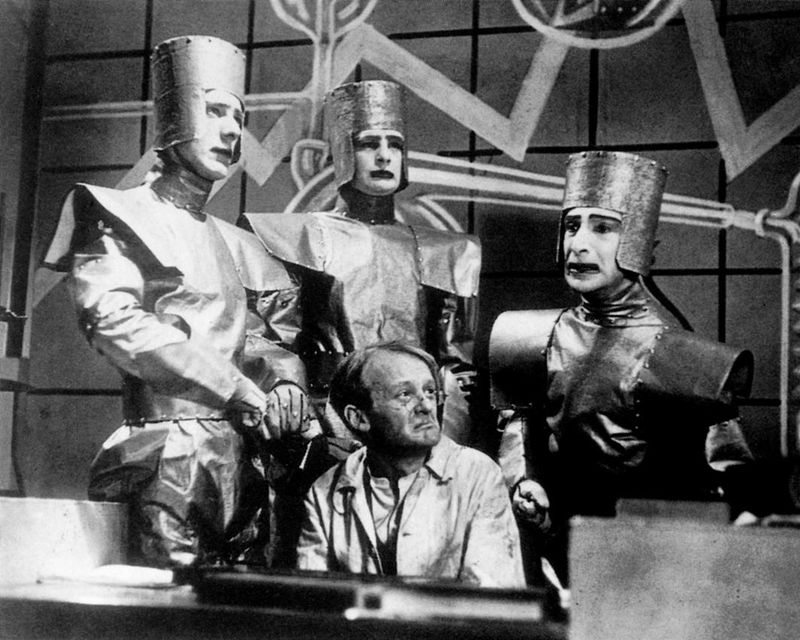
The airwaves crackled with innovation as the BBC aired R.U.R., the world’s first sci-fi TV program, in 1938. This was the moment robots stepped into the limelight, thanks to Czech playwrights, who coined the term “robot” through this visionary play.
The show’s futuristic setting and mechanical beings captivated audiences, sparking imaginations and debates about technology and its role in society.
Though the special effects were rudimentary by today’s standards, R.U.R. laid the groundwork for the sci-fi genre, prompting viewers to ponder the possibilities of artificial intelligence and automation. Its impact resonated far beyond its initial broadcast, paving the way for robots to become a staple in science-fiction narratives.
6. Orson Welles and The War of the Worlds
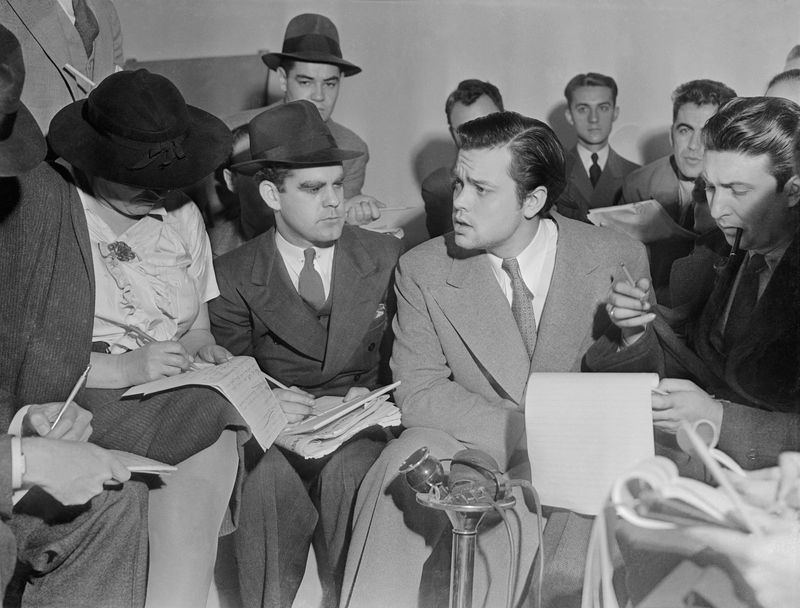
In 1938, Orson Welles proved that radio could be just as thrilling as any silver screen blockbuster. His adaptation of H.G. Wells’ War of the Worlds sent shivers down the nation’s spine, convincing many that Martians were truly invading.
Welles’ dramatization was so realistic that it caused widespread panic, with listeners mistaking fiction for fact. The lines between entertainment and reality blurred as people prepared for an alien apocalypse that never came.
This broadcast was a testament to the power of storytelling and the medium of radio, forever changing how people consumed information and entertainment. It was a night when fiction became real—at least for a few terrifying, unforgettable moments.
7. Mike the Headless Chicken: A Living Legend
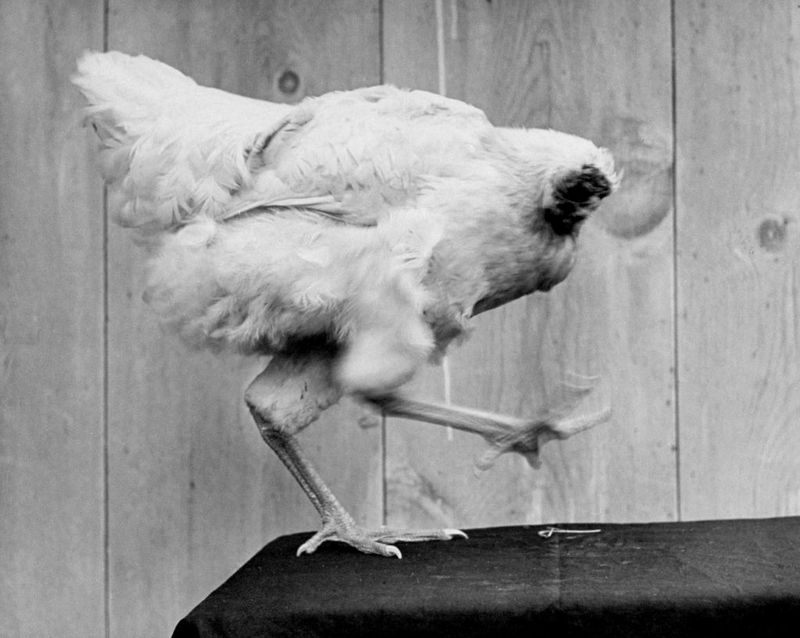
1938 was the birth year of Mike the Headless Chicken, a feathered marvel who defied the odds of biology and reason. After losing his head in a routine farm accident in 1945, Mike continued to strut around, pecking at the mysteries of life.
This unlikely survivor turned into a sideshow sensation, leaving audiences baffled and entertained. How did he do it? A well-placed brainstem and sheer chicken willpower seemed to keep him going.
Mike’s fame soared, and he became a symbol of resilience and the unexpected wonders of nature. His legacy lives on, reminding us that sometimes, life is just a game of heads or tails—or, in Mike’s case, neither.
8. The First Seeing-Eye Dog School in the U.S.
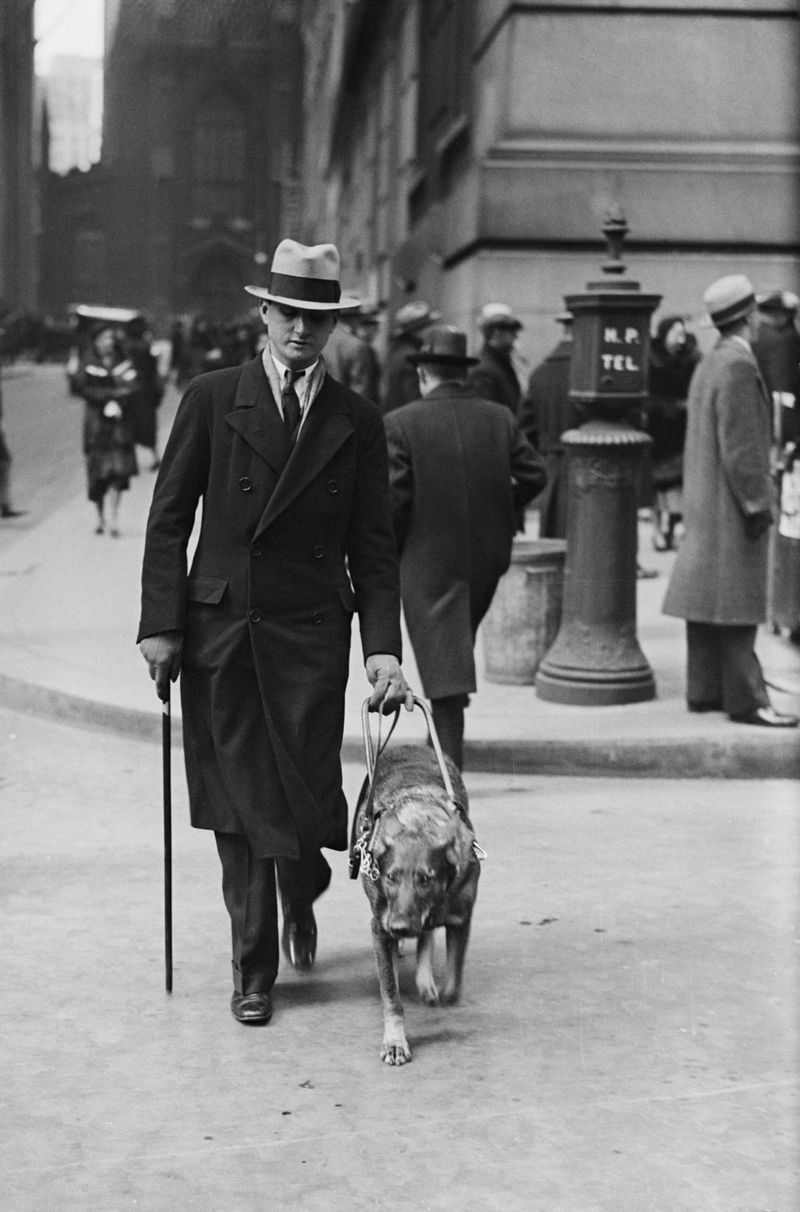
1938 marked a turning point for independence and mobility with the opening of the first seeing-eye dog school in the U.S. These canine companions became life-changers for those with visual impairments, guiding them safely through life’s obstacles.
The bond between dog and handler was one of trust, teamwork, and loyalty, as these furry guides expertly navigated city streets and busy crosswalks.
With wagging tails and a keen sense of direction, these dogs brought freedom and confidence to their humans. It was a movement that spread nationwide, proving that a good dog can make all the difference in the world.
9. Introducing the Tooth Fairy

In 1938, the Tooth Fairy made her debut in American print, bringing magic and mystery to the simple act of losing a tooth. This benevolent sprite promised a shiny coin in exchange for a tiny tooth, sparking joy in children and mild financial distress in parents.
The idea of a tooth-collecting fairy caught on, transforming a mundane rite of passage into a whimsical tradition filled with anticipation and surprise.
As children tucked their teeth beneath pillows, the Tooth Fairy symbolized the wonder and enchantment of childhood, turning a natural occurrence into a cherished ritual filled with imagination and delight.
10. Polaroid Film: Instant Nostalgia
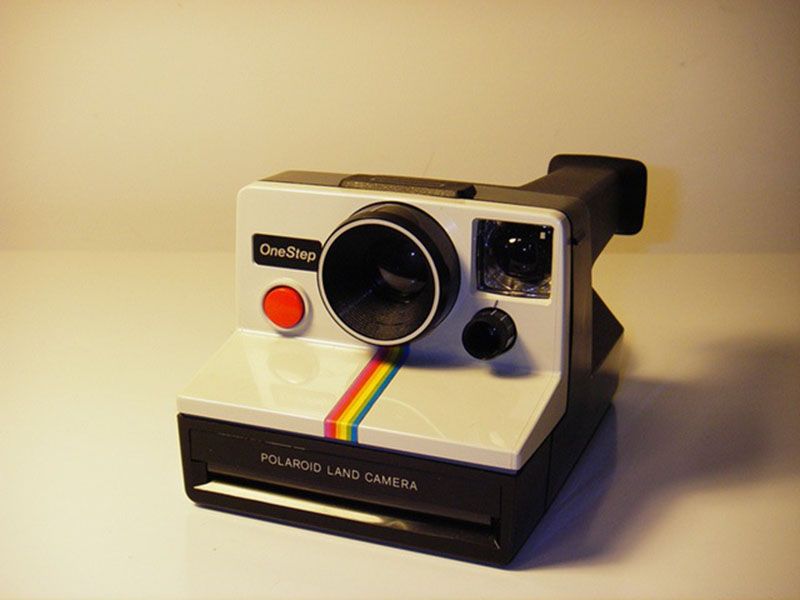
1938 was the year when Polaroid film was invented, although it would be a decade before people could enjoy the magic of instant photos. This innovation promised to capture moments and memories in mere moments, a revolution waiting to happen.
The Polaroid camera became a cultural icon, synonymous with spontaneity and fun, as it brought photography to life with the click of a button.
Though initially a promise of future possibilities, Polaroid represented the dawn of instant nostalgia, allowing people to tangibly hold onto memories and relive them at the same time.
11. Nylon: The Miracle Fiber
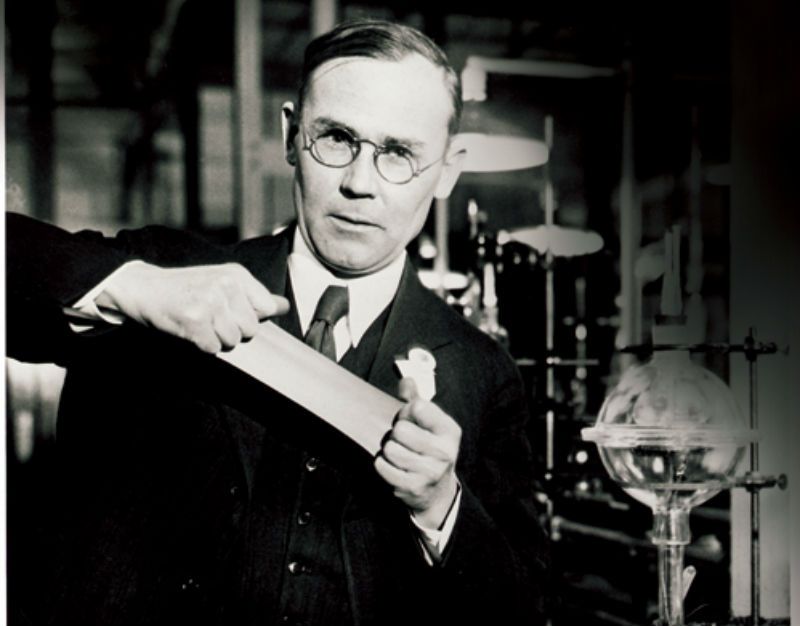
1938 saw the introduction of nylon, a miracle fiber that promised to revolutionize wardrobes. DuPont’s creation was a synthetic wonder, offering the look and feel of silk without the cost or fragility.
Ladies marveled at nylon’s resilience and versatility, embracing its potential to transform fashion and hosiery. The first demonstration of nylon stockings left audiences in awe, heralding a new era of durable, affordable elegance.
This innovation laid the groundwork for countless applications, from clothing to household items, proving that chemistry and style could be a match made in heaven.
12. Teflon: The Non-Stick Revolution
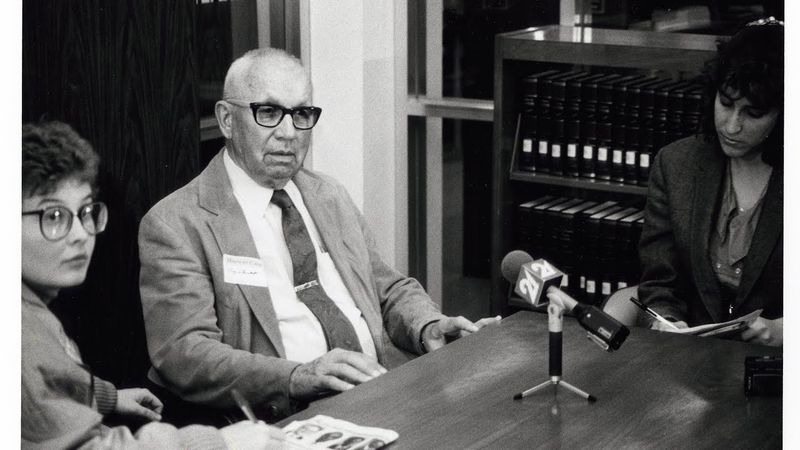
In 1938, Teflon slipped effortlessly into the world, changing the way we cook and clean. Discovered accidentally by a chemist working on refrigerants, this non-stick wonder quickly found a home in kitchens everywhere.
The slick surface of Teflon-coated pans meant eggs slid out with ease and cleanup became a breeze, sparking joy among home cooks and professional chefs alike.
Beyond the kitchen, Teflon’s unique properties found applications in manufacturing and industry, proving that sometimes, the best discoveries are those that happen by chance.
13. The Ballpoint Pen: Perfected by László Bíró

László Bíró’s name became synonymous with the ballpoint pen in 1938 when he refined this writing instrument to perfection. By tackling the challenges of ink flow and distribution, Bíró created a pen that was reliable and revolutionary.
This innovation banished blotchy inks and cumbersome inkwells, making writing smooth and efficient. László Bíró’s pen quickly became a staple in homes, schools, and offices, transforming the way we communicate on paper.
The ballpoint pen’s practicality and ease of use turned it into a global success, proving that sometimes, the simplest ideas have the most impact.
14. The Rise of Self-Serve Groceries: King Kullen
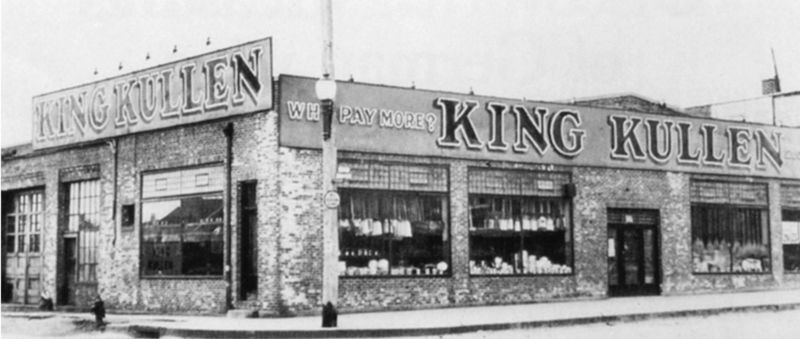
1938 was the year self-serve grocery shopping took off with the opening of King Kullen in New York. This supermarket introduced a revolutionary concept: customers could browse aisles and select their own products, transforming the shopping experience.
Gone were the days of handing a list to a clerk—now, shoppers could explore and choose at their leisure, adding convenience and personalization to their trips.
King Kullen’s innovative approach set the stage for modern supermarkets, where variety and accessibility reign supreme. It was a giant leap towards consumer independence and reshaped the way we think about shopping.
15. Color TV: A Magical Demonstration

In 1938, television took a colorful leap forward with a successful demonstration of color TV in London. This technological marvel dazzled viewers, as grainy black and white images transformed into vibrant hues, adding a new dimension to visual entertainment.
The demonstration showcased the potential of television to captivate and inform in ways previously unimaginable, setting the stage for decades of innovation.
Though it would be years before color TV became mainstream, this moment marked the beginning of a new era in broadcasting, where imagination was limited only by the spectrum of colors.
16. Seabiscuit vs. War Admiral: An Underdog Story
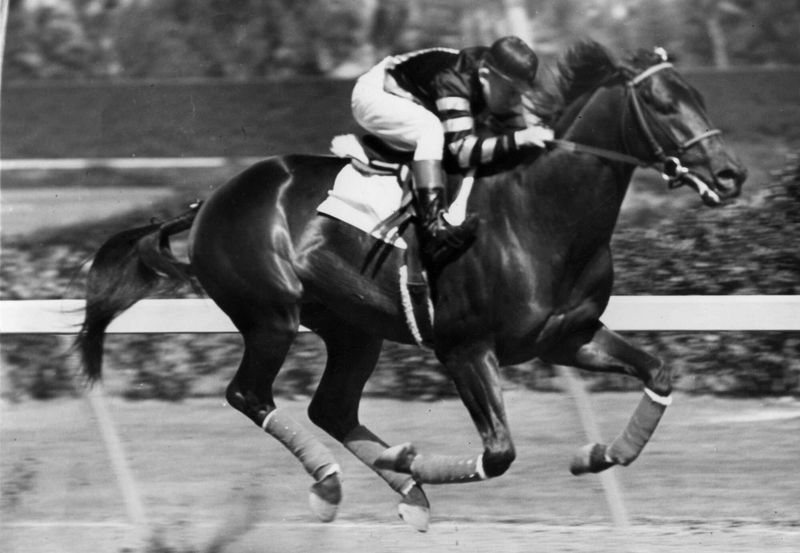
In the world of horse racing, 1938 was the year of Seabiscuit, a true underdog story that captivated America. When this small, unassuming horse took on the mighty War Admiral, the odds seemed insurmountable.
Yet, Seabiscuit’s tenacity and spirit shone through, as he galloped to victory, defying expectations and winning the hearts of a nation.
This race became more than a sporting event—it was a symbol of hope and perseverance during a time of economic uncertainty. Seabiscuit’s triumph reminded everyone that sometimes, it’s the little guy who comes out on top.
17. The First Ski Tow in the U.S.
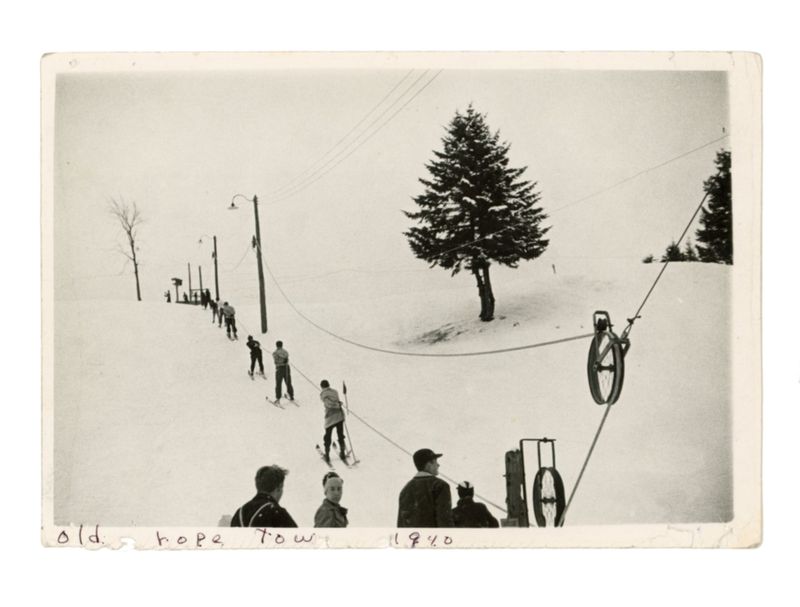
1938 brought a touch of luxury to the slopes with the installation of the first ski tow in the United States. This innovation made skiing accessible to a wider audience, allowing enthusiasts to enjoy the thrill of downhill without the exhausting uphill trek.
The ski tow’s introduction in Vermont revolutionized winter sports, making skiing more popular and enticing. Lazy skiers everywhere rejoiced as the slopes became more inviting and less daunting.
Elevating the sport to a new level of convenience, the ski tow paved the way for modern ski resorts, where accessibility and enjoyment go hand in hand.
18. College Basketball Heats Up
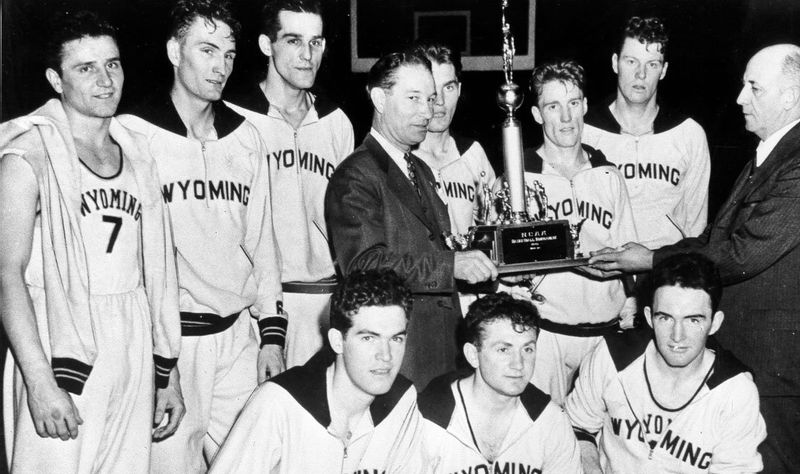
Though March Madness wasn’t yet a thing, college basketball was already heating up in 1938. The sport was gaining momentum, drawing crowds and building a passionate fanbase eager for thrilling hoops action.
With skilled players and intense rivalries, college basketball was weaving its way into the fabric of American sports culture. Each game was a showcase of athleticism, strategy, and the occasional buzzer-beater that left audiences on the edge of their seats.
As excitement grew, it was clear that college basketball’s rise would continue, setting the stage for the madness that would become a national obsession in years to come.
19. Lou Gehrig Hits 1,000th RBI

Baseball legend Lou Gehrig reached a monumental milestone in 1938, hitting his 1,000th RBI and solidifying his place among the sport’s all-time greats. Known for his prowess at the plate and his remarkable consistency, Gehrig’s achievement was a testament to his dedication and talent.
This milestone added to his legacy, reminding fans why he was revered as the “Iron Horse” of baseball. Gehrig’s career was marked by grace under pressure and a relentless drive to succeed, inspiring teammates and fans alike.
His 1,000th RBI was more than just a number; it was a symbol of excellence and a reminder of the joy and excitement that baseball brought to America’s pastimes.
20. The First Televised Boxing Match
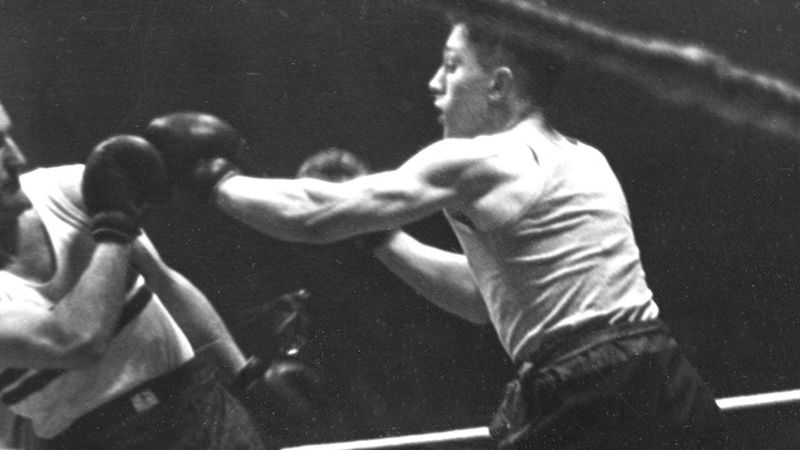
The year 1938 marked a breakthrough for sports entertainment with the broadcast of the first televised boxing match in the UK. This event brought the thrill of the ring into living rooms, changing the way fans experienced the sports they loved.
Viewers marveled at the fighters’ speed and strategy up close, a perspective previously reserved for ringside seats. Television’s ability to capture the intensity of boxing matches paved the way for future broadcasts of sporting events worldwide.
This was the beginning of a new era in sports broadcasting, where the excitement of the match could be shared by millions, turning television into a powerful medium for fan engagement.
21. Hitler Annexes Austria: The Anschluss
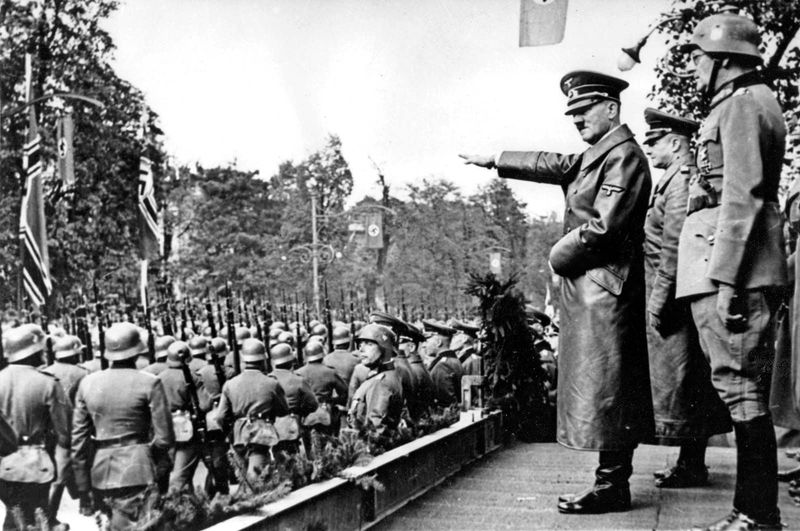
1938 was a year marked by political upheaval, as Adolf Hitler annexed Austria in the Anschluss, dramatically altering the landscape of Europe. This aggressive expansionist move signaled a dark and ominous period, with repercussions felt worldwide.
The Anschluss was met with mixed reactions, as propaganda painted it as a unification while many viewed it as a forceful takeover. The event intensified tensions and foreshadowed the turbulent years leading to World War II.
A reminder of the fragile nature of peace, the Anschluss underscored the importance of vigilance and diplomacy in international relations, as the world watched history unfold in real-time.
22. NYC’s Time Capsule: A Message to the Future
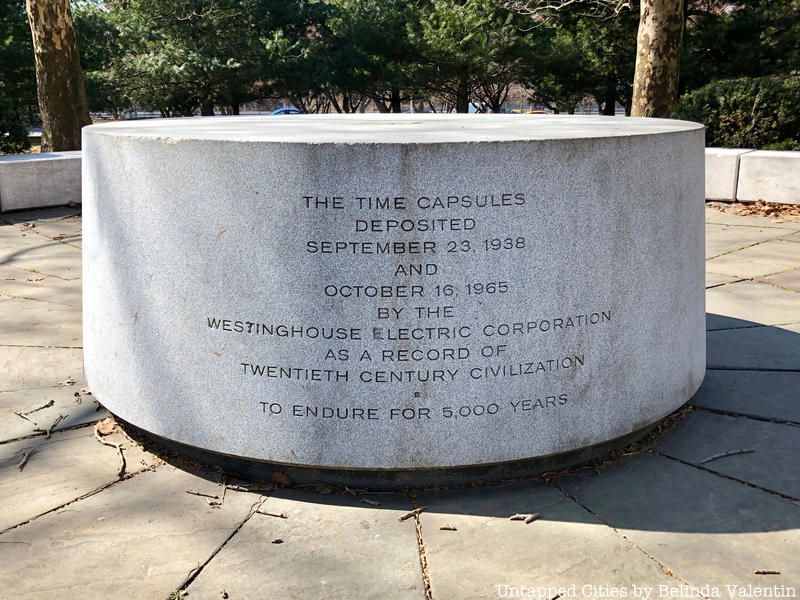
In 1938, New York City decided to send a message to the future, burying a time capsule to be opened in 6939. This ambitious project at the World’s Fair aimed to preserve the essence of the era for millennia.
The capsule contained artifacts that captured the spirit and innovation of the time, from everyday items to technological marvels, offering a snapshot of human achievement.
As we imagine what future generations will think of our past, this time capsule serves as a testament to our curiosity and hope, reminding us to dream big and think long-term.
23. The Crystal Ball Drops at Times Square
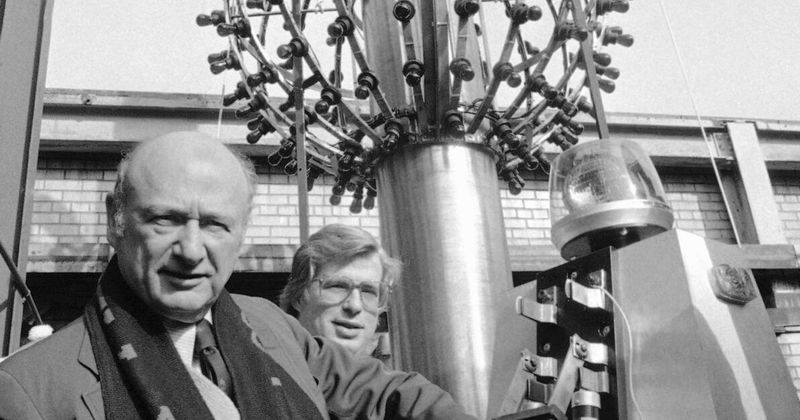
1938 introduced a sparkling tradition that would become a New Year’s Eve staple: the Times Square crystal ball drop. This dazzling event quickly captured the excitement and anticipation of ringing in a new year, drawing crowds to the heart of New York City.
As the clock struck midnight, the crystal ball descended, marking the passage of time with glitz and glamour. It was a moment of shared celebration, symbolizing hope and new beginnings.
The inaugural ball drop set the stage for countless New Year’s celebrations to follow, turning Times Square into an iconic destination for revelers from around the world.
24. Chester Carlson Invents Xerography

In 1938, Chester Carlson’s invention of xerography revolutionized the way we share information. This groundbreaking technology, which laid the foundation for photocopying, transformed offices and classrooms by making document reproduction fast and efficient.
Carlson’s insight and ingenuity turned an idea into a practical solution, forever changing the landscape of business and communication. The ability to duplicate documents quickly and easily was a game-changer, fueling productivity and creativity.
The dawn of xerography marked a new era in information dissemination, where ideas could spread faster than ever before, bridging gaps and connecting people across distances.
25. The Minimum Wage is Set
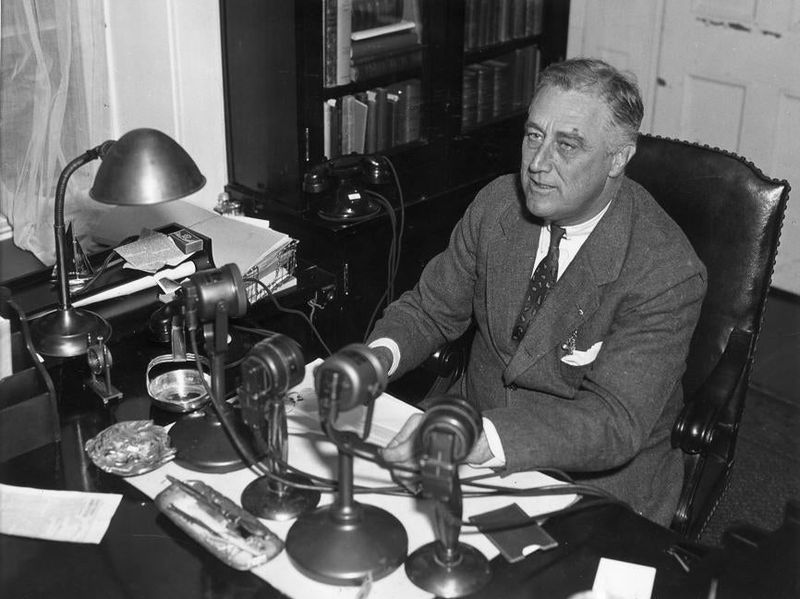
In 1938, the United States took a pivotal step towards fairness in the workplace by setting the minimum wage at 25 cents per hour. This legislation was designed to protect workers and ensure a basic standard of living during challenging economic times.
Though a seemingly modest amount by today’s standards, it represented a significant advancement in labor rights and social justice. The establishment of minimum wage laws was a powerful statement in the fight for economic equality.
This legislation laid the groundwork for future labor reforms, highlighting the ongoing struggle to balance the needs of workers with economic realities, a conversation that continues to evolve today.
26. Queen Elizabeth’s First Public Speech
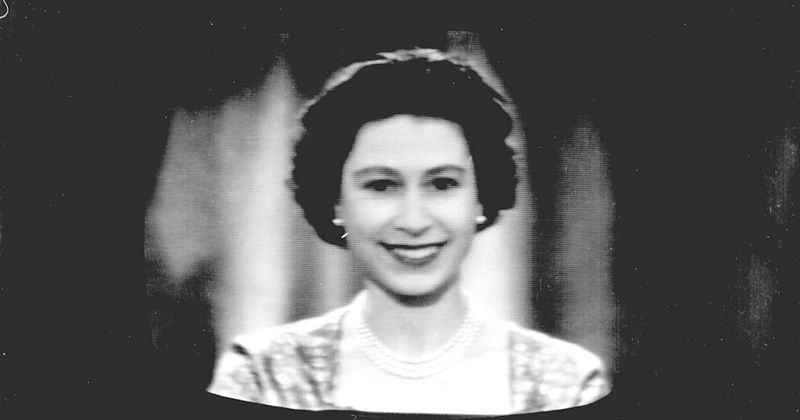
In 1938, the young Queen Elizabeth (then a princess) made her first public speech on the radio, captivating listeners with her poise and eloquence. This broadcast marked the beginning of her public presence, as she stepped into a role that would define her life and reign.
Her speech conveyed a message of hope and solidarity, resonating with audiences during a time of global uncertainty. Elizabeth’s natural grace and confidence shone through, endearing her to the public and setting the tone for her future as a beloved monarch.
This moment was a glimpse into the leadership and resilience that would come to characterize her reign, as she continued to inspire and unite people around the world.
27. Howard Hughes’ World Record Flight

In 1938, aviation pioneer Howard Hughes set a new world record by flying around the world in just 91 hours. This daring feat showcased his relentless pursuit of innovation and speed, capturing the imagination of the world.
Hughes’ journey was a testament to human ingenuity and endurance, as he pushed the boundaries of what was possible in aviation. His record-breaking flight inspired future generations of aviators and dreamers alike.
With each mile conquered, Hughes demonstrated that the sky was not the limit, but merely the beginning of a new frontier in exploration and achievement.
28. A Perfect Storm of Locusts
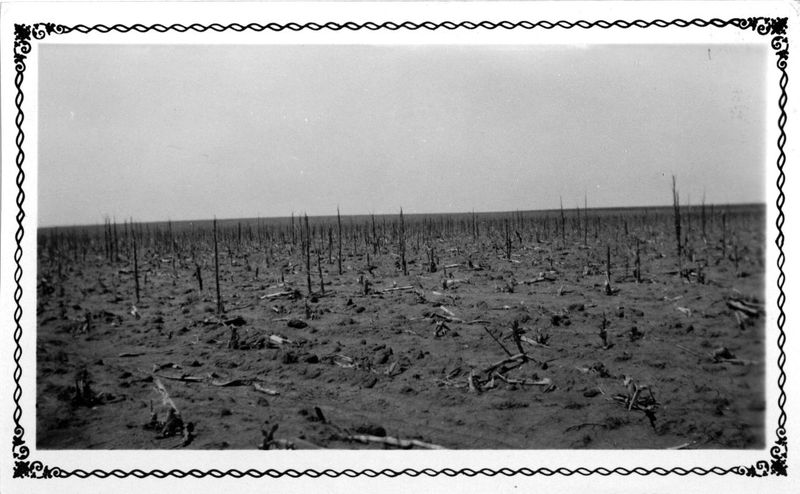
In 1938, Kansas faced a “perfect storm” of locusts, as swarms descended upon the state, devouring crops and wreaking havoc on agriculture. This natural disaster tested the resilience and ingenuity of farmers, who battled against overwhelming odds to save their livelihoods.
The locust invasion was a stark reminder of the power of nature and the precarious balance of agriculture, prompting new strategies and innovations in combating pest infestations.
This event highlighted the importance of preparedness and adaptability in the face of environmental challenges, as communities came together to weather the storm and rebuild.
29. DuPont’s Miracle Fiber: Nylon
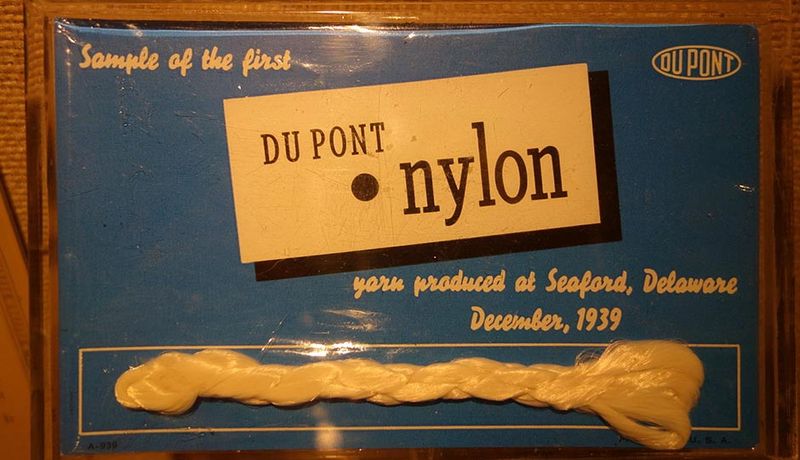
In 1938, DuPont unveiled a “miracle fiber” called nylon, revolutionizing the textile industry with its synthetic brilliance. Nylon offered the luxurious feel of silk without the cost, captivating designers and consumers alike.
The introduction of nylon sparked a wave of innovation, as its versatility opened the door to new applications in fashion, home goods, and beyond. This synthetic fiber became a symbol of modernity and industrial progress.
Nylon’s impact was felt far and wide, as it redefined what was possible in textiles, proving that chemistry and creativity could weave a new future in fabric.
30. Mailing Himself: A Man’s Unusual Journey
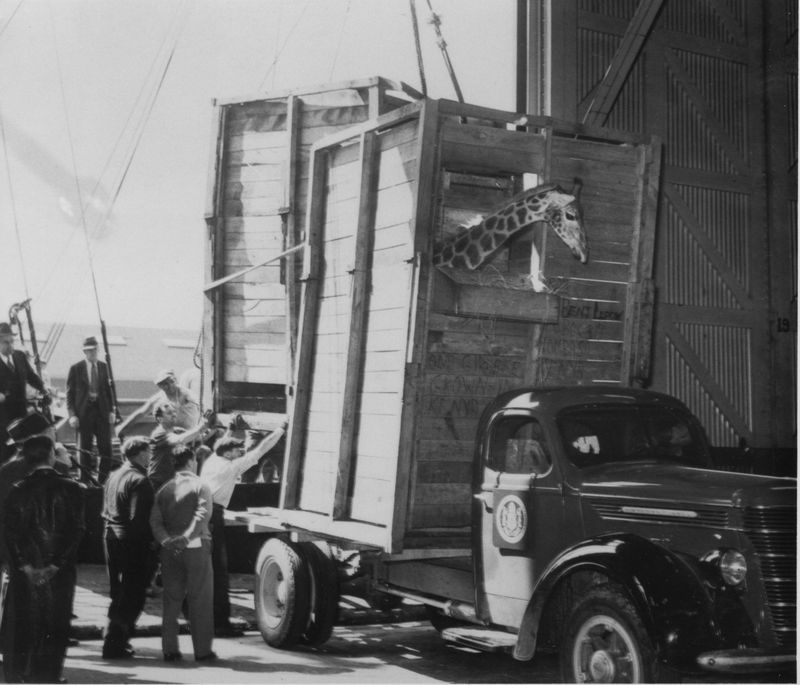
In 1938, a man embarked on an unusual journey, attempting to mail himself from New York to California. Armed with nothing but a crate and a sense of adventure, he almost succeeded in this daring escapade.
His attempt was a whimsical tale of human ingenuity and the lengths some will go to achieve their dreams—however unconventional they may be. The story captured imaginations and highlighted the human spirit’s desire for exploration and discovery.
Though ultimately unsuccessful, this quirky endeavor remains a testament to the power of imagination and the belief that sometimes, the most outrageous ideas are worth trying.
